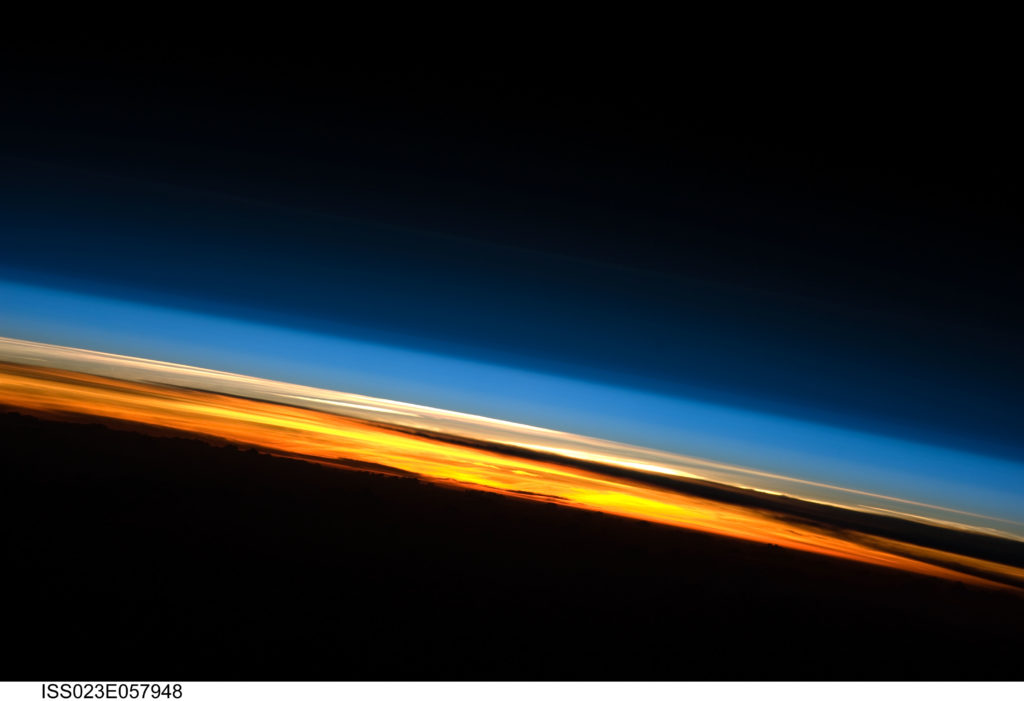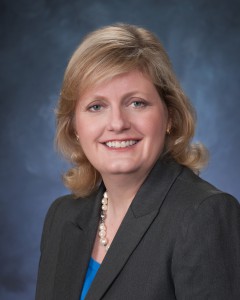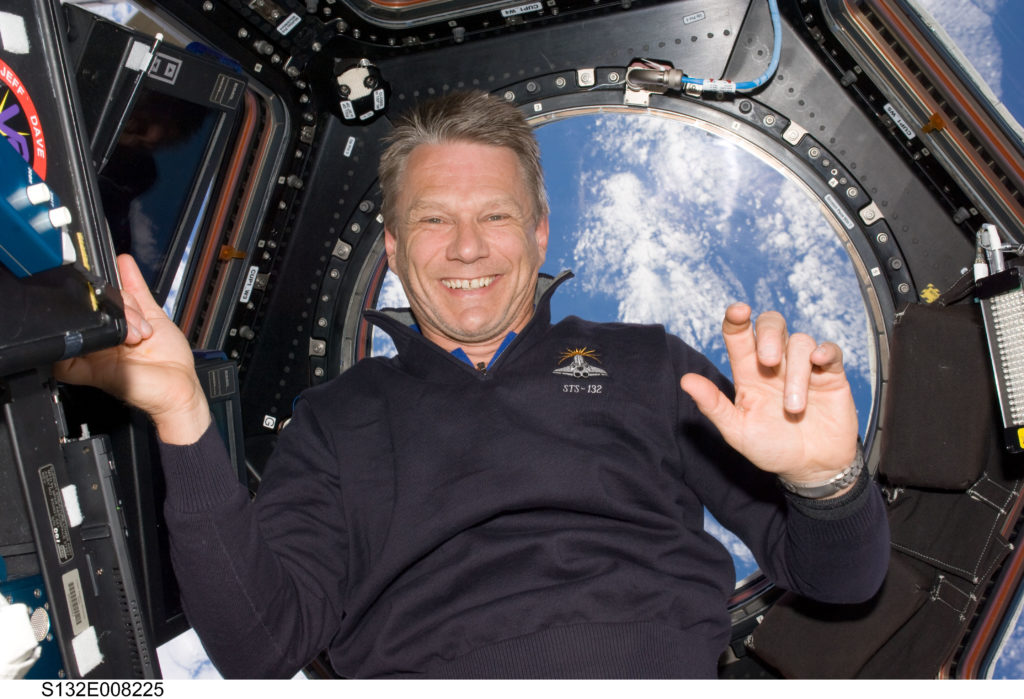
When scientist and former astronaut Piers Sellers was a child in the United Kingdom, Apollo missions inspired him to dream of coming to the United States to work at NASA. He fulfilled that childhood dream when he began his climate research at NASA’s Goddard Spaceflight Center in 1982, launching a career at the space agency that spanned more than three decades. Sellers passed away at the age of 61 on Dec. 23, 2016, after a battle with pancreatic cancer.

During his time at NASA, Sellers served as a scientist studying climate change at Goddard before being selected into the astronaut corps in 1996. As an astronaut, he flew to the International Space Station in 2002 (STS-112), 2006 (STS-121) and 2010 (STS-132), where he carried out six spacewalks during the assembly of the orbiting laboratory. The vantage point of space gave him a deeper appreciation for Earth’s fragility, and strengthened his passion for studying climate change and sharing his knowledge on the subject with audiences around the world.

In a New York Times opinion piece in 2016, Sellers wrote:
As an astronaut, I spacewalked 220 miles above the Earth. Floating alongside the International Space Station, I watched hurricanes cartwheel across oceans, the Amazon snake its way to the sea through a brilliant green carpet of forest, and gigantic nighttime thunderstorms flash and flare for hundreds of miles along the Equator. From this God’s-eye-view, I saw how fragile and infinitely precious the Earth is. I’m hopeful for its future.
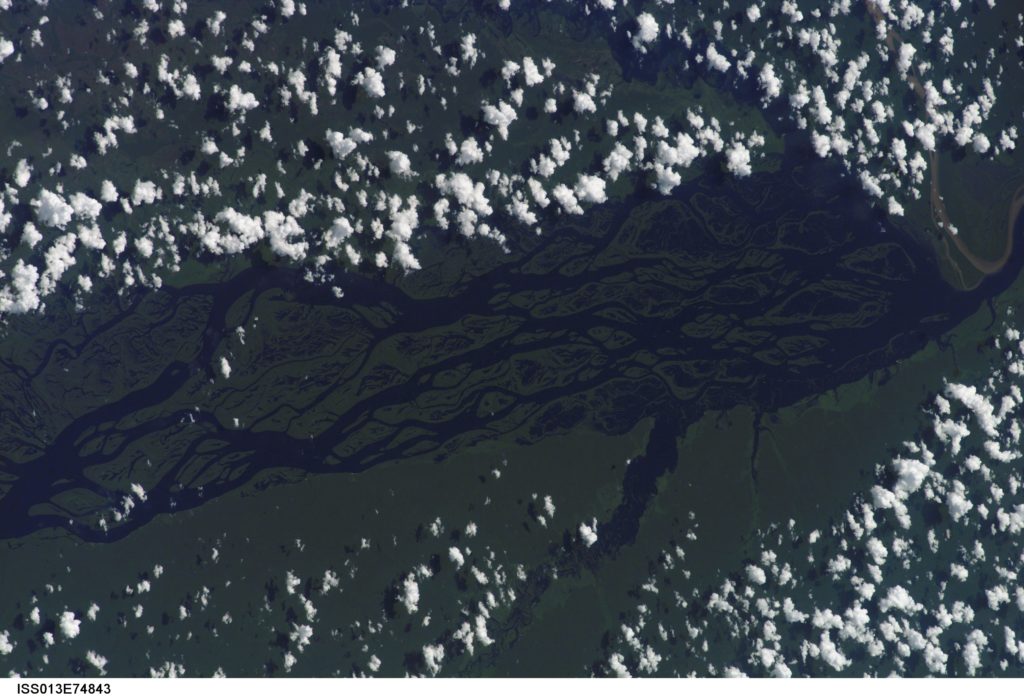
Sellers published more than 70 papers, 30 of them as first author, and served as Project Scientist for the first large Earth Observing System platform, Terra, which launched in 1998. He worked on global climate problems, particularly those involving interactions between the biosphere and the atmosphere, and was involved in constructing computer models of the global climate system, satellite data interpretation and conducting large-scale field experiments in the United States, Canada, Africa and Brazil. After serving in the astronaut corps, Sellers returned to Goddard and was named Deputy Director of Sciences and Exploration. He was deeply interested in the role of science in the future development of human society, particularly with regard to global environmental issues and associated economic and political issues. He was also seeking funding for a new Earth science instrument concept for the space station.
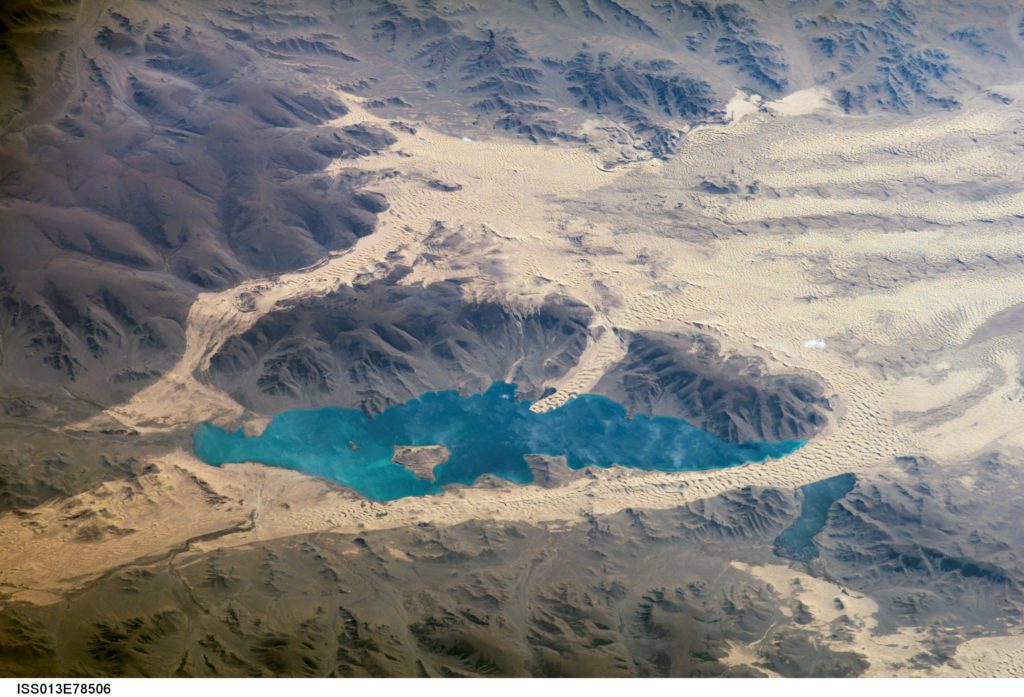
I remember talking with Piers about the difficulties scientists have in communicating complex concepts and the caveats and limitations we are all trained to provide—while still being simple and accessible. Some at the agency have viewed “science” and “human spaceflight” as separate independent efforts. Piers and I shared the alternate view that science is the only way we can understand what we observe as humans explore—that the two efforts were tightly linked. Apollo led to a new view of the Earth as isolated and fragile, and was important in leading the agency to have an Earth Sciences program with all the satellites being operated today. We both shared great satisfaction as ISS matured to have Earth Science instruments that were enhancements and technology demonstrations to help us better understand the Earth and its climate.
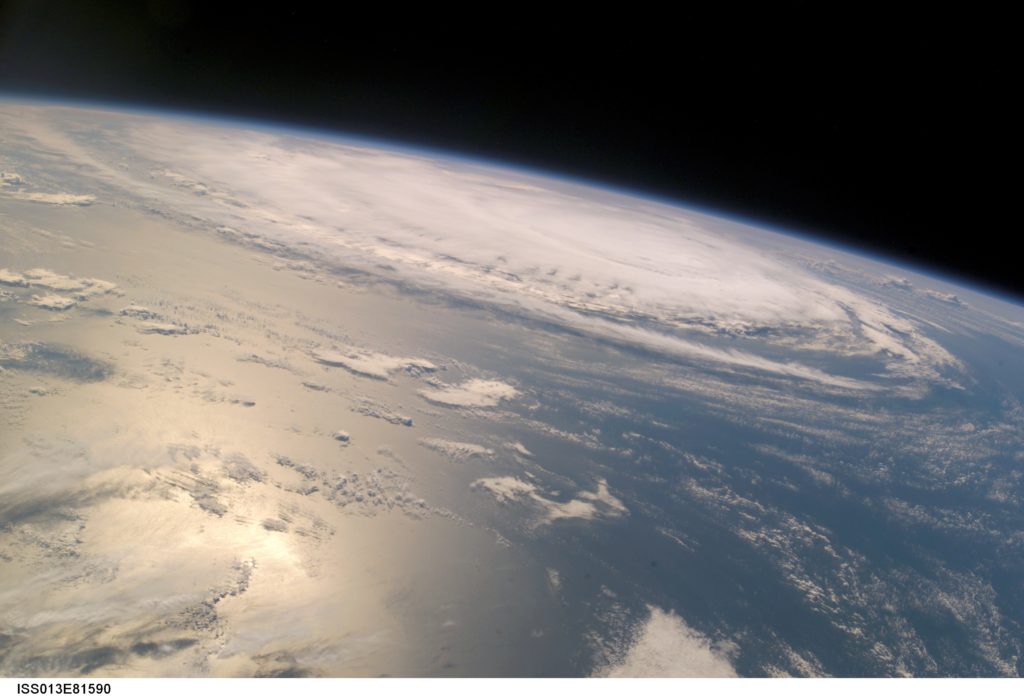
NASA Administrator Charles Bolden wrote of Sellers’ passing:
Today we lost a tremendous public servant who was dedicated to NASA, the nation and the world. He was a strident defender and eloquent spokesperson for our home planet, Earth. Spacewalker and scientist, free thinker and friend to our planet, and all who seek new knowledge, to say he will be missed would be a gross understatement.
